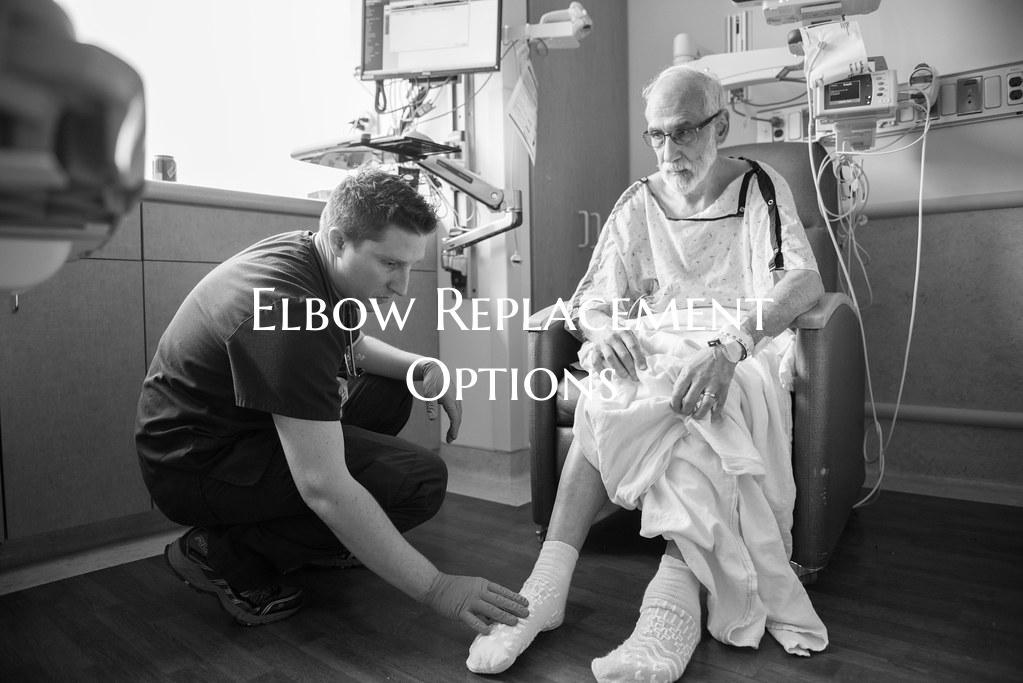
Elbow Replacement Options
Elbow Replacement Options: Understanding the Surgical Procedure and Recovery Process
Introduction: Elbow joint pain and stiffness can significantly impact one's quality of life, making everyday tasks challenging. When conservative treatments fail to provide relief, elbow replacement surgery may become a viable option. This article will explore the various elbow replacement options available, the surgical procedure involved, and what to expect during the recovery process.
Types of Elbow Replacements: 1. Total Elbow Replacement: - This procedure involves replacing the damaged elbow joint with an artificial implant made of metal and plastic components. - Total elbow replacement is typically recommended for severe arthritis or fractures that have not responded to conservative treatment. - This surgery aims to reduce pain, improve mobility, and restore function to the elbow joint.
2. Partial Elbow Replacement: - In a partial elbow replacement, only the damaged part of the joint is replaced with a prosthetic implant. - This procedure is often chosen for patients with specific elbow joint conditions, such as osteoarthritis affecting only one part of the joint. - Partial elbow replacements can offer pain relief and improved range of motion while preserving healthy bone and tissue.
3. Revision Elbow Replacement: - Revision elbow replacement may be necessary if a previous elbow implant has failed or worn out over time. - During this procedure, the existing implant is removed, and a new implant is placed to restore function and stability to the elbow joint.
Surgical Procedure: - Elbow replacement surgery is typically performed under general anesthesia and may require a hospital stay of a few days. - The surgeon will make an incision to access the elbow joint, remove the damaged bone and cartilage, and then secure the artificial implant in place. - Physical therapy is essential post-surgery to help strengthen the muscles around the elbow, improve range of motion, and facilitate recovery.
Recovery Process: - Following elbow replacement surgery, pain management and rehabilitation are crucial components of the recovery process. - Patients may need to use a sling or brace to support the elbow and protect the surgical area. - Physical therapy will play a significant role in restoring strength and function to the elbow joint, and patients will gradually progress from simple exercises to more advanced activities. - Full recovery from elbow replacement surgery can take several months, and it's essential to follow the surgeon's recommendations for a successful outcome.
Conclusion: Elbow replacement surgery can provide much-needed relief for individuals suffering from debilitating elbow joint conditions. By understanding the different replacement options available, the surgical procedure involved, and the recovery process, patients can make informed decisions about their treatment plan. Consulting with a qualified orthopedic surgeon is essential to determine the most suitable elbow replacement option based on individual needs and goals.